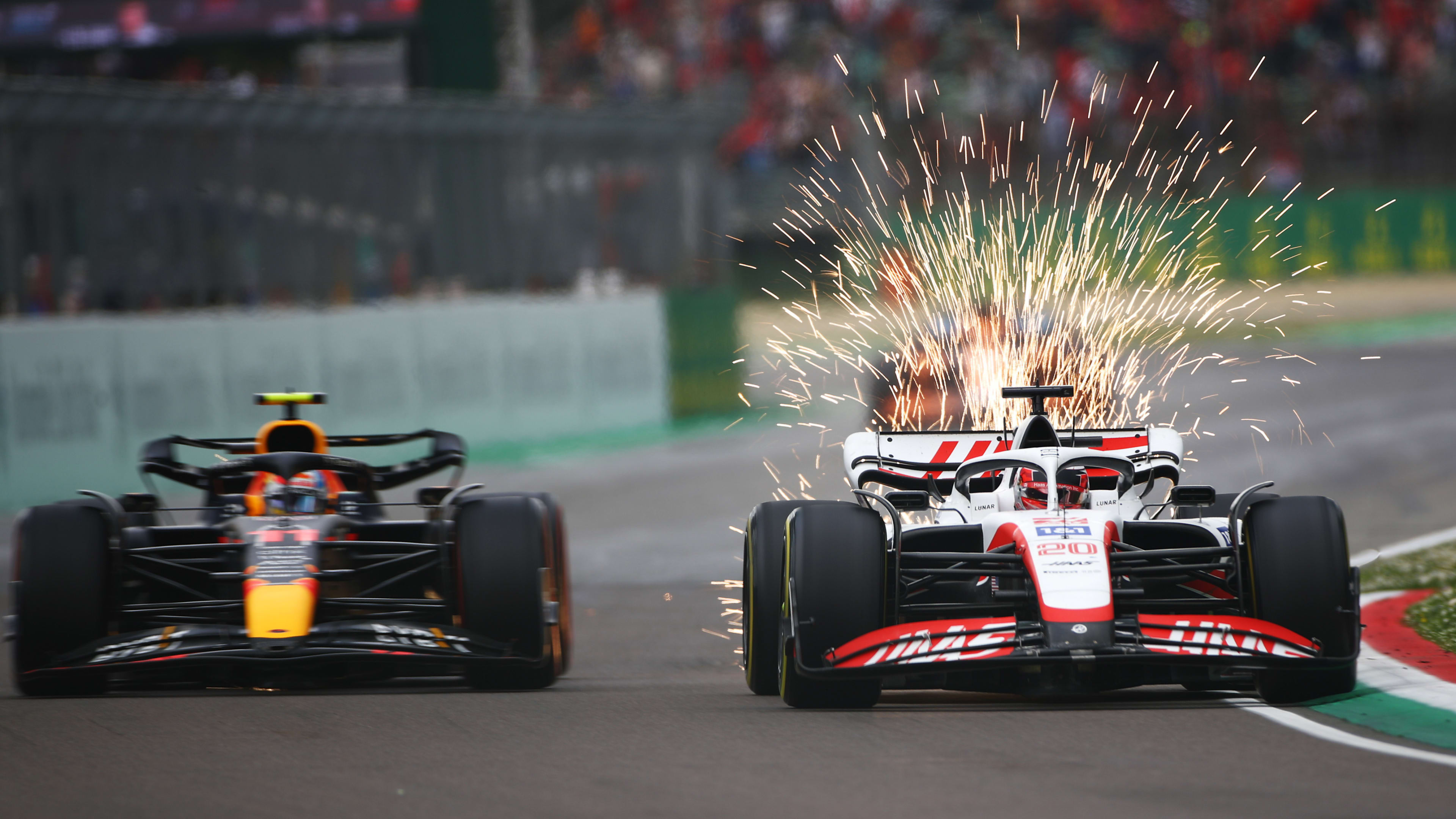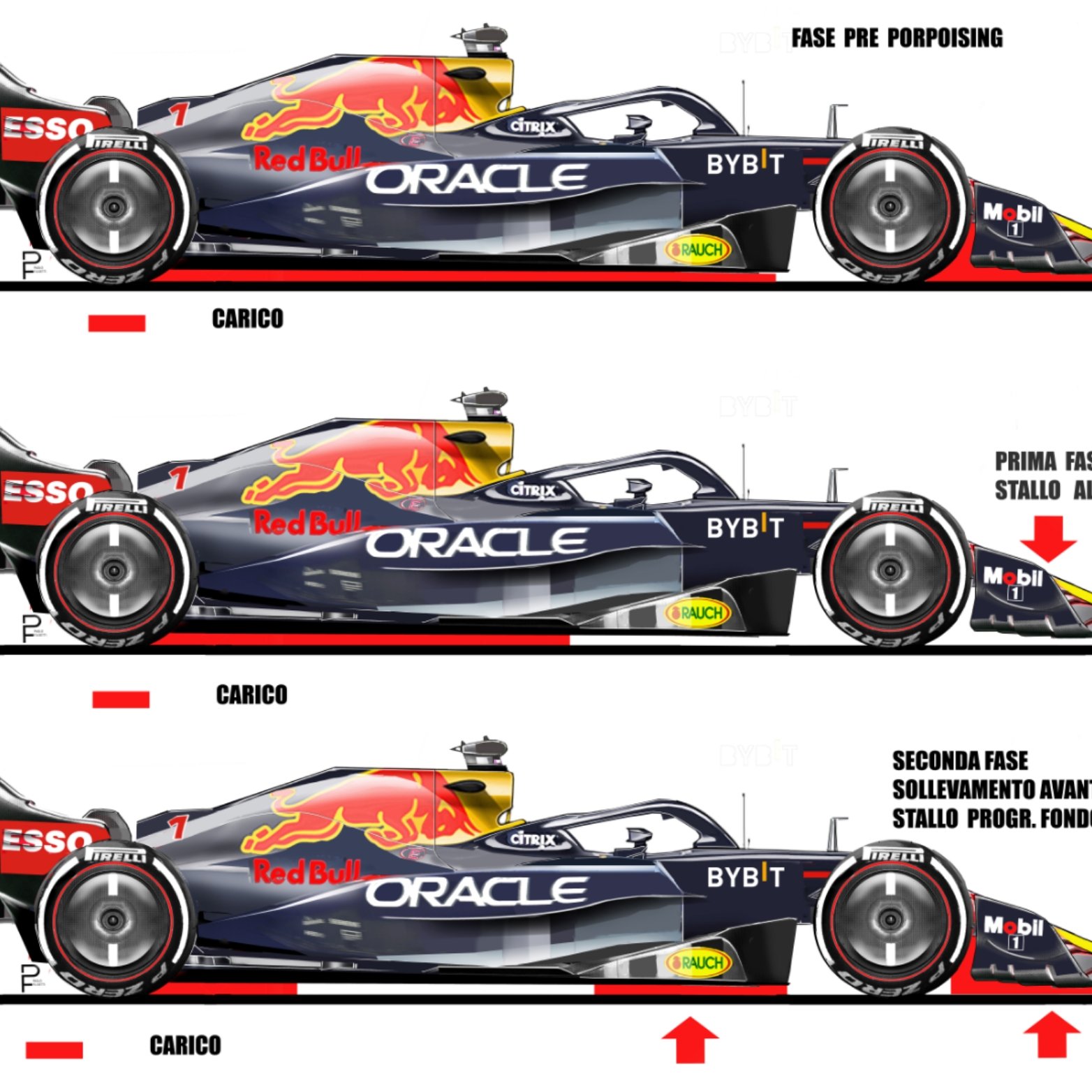Navigating the Waves of F1: Understanding and Tackling the Porpoising Phenomenon

by AutoExpert | 7 December, 2023
Formula 1 racing, a sport revered for its speed and cutting-edge technology, has a unique phenomenon known as "porpoising" that's been causing a stir among fans and experts alike. This term, borrowed from the aquatic world, refers to the dramatic up and down movement of F1 cars as they zip around the track, akin to a dolphin's movement through water.
The Science Behind Porpoising
Porpoising is essentially an aerodynamic issue. It occurs when an F1 car gets too close to the ground, disrupting the airflow underneath and reducing downforce. This causes the car to bounce back up, only to be pulled down again, creating a cycle of bouncing as the car moves forward. This isn't just a visual spectacle; it can lead to cars striking the ground with significant force.

Safety and Performance Concerns
In 2022, this phenomenon garnered intense scrutiny due to the new generation of cars being particularly prone to porpoising. The safety and comfort of the drivers became a primary concern, as the violent bouncing posed risks to their control over the car and their physical well-being. Lewis Hamilton's experience of severe back discomfort during a race highlighted the severity of the issue.

Regulatory Response to Porpoising
Addressing this, the FIA (Formula 1's governing body) stepped in with regulatory changes. These included raising the minimum floor edge by 15mm and altering the diffuser throat height and stiffness for the 2023 season. Additionally, teams were required to install sensors to monitor porpoising in real-time.

The impact of these changes was immediate and positive, as noted by Mercedes driver George Russell. While the phenomenon of porpoising has not been completely eradicated, the 2023 season showed a marked improvement, indicating that these measures have significantly reined in the issue.
Looking Ahead in F1 Racing
Porpoising in Formula 1 may never be fully eliminated, but the current controls have brought it under better management, enhancing both the safety and performance of the cars and their drivers. As F1 continues to evolve, addressing such challenges remains key to maintaining the sport's thrilling yet safe nature.

















